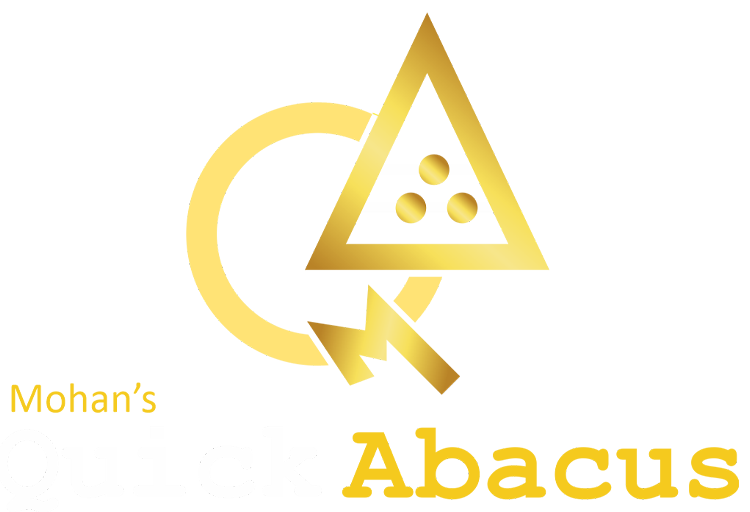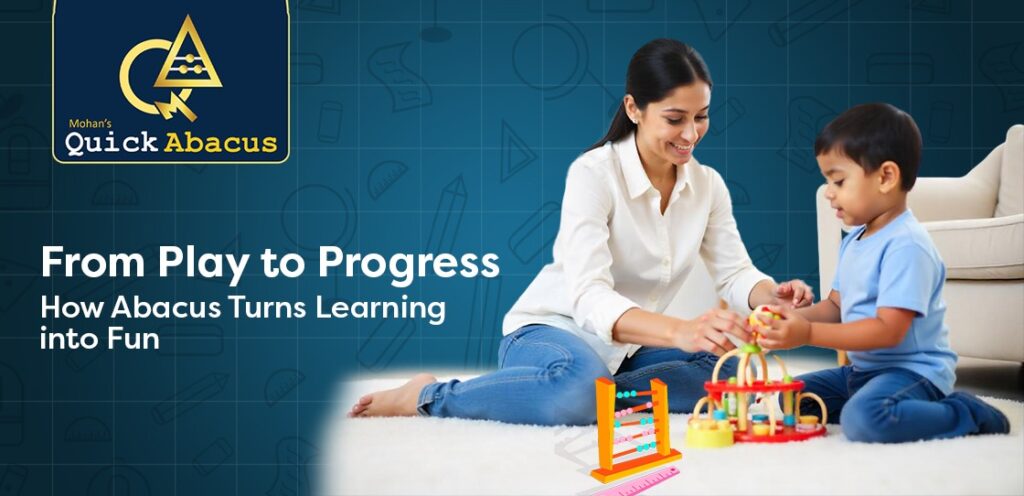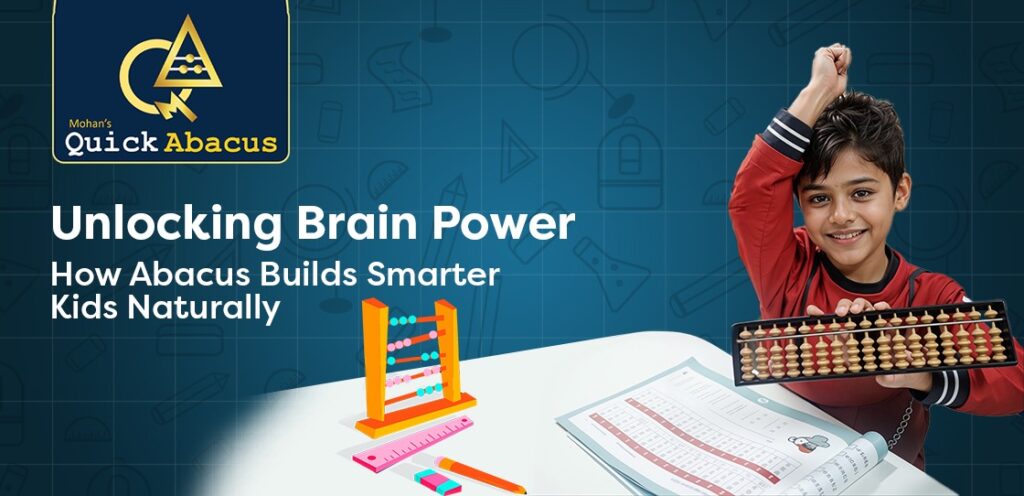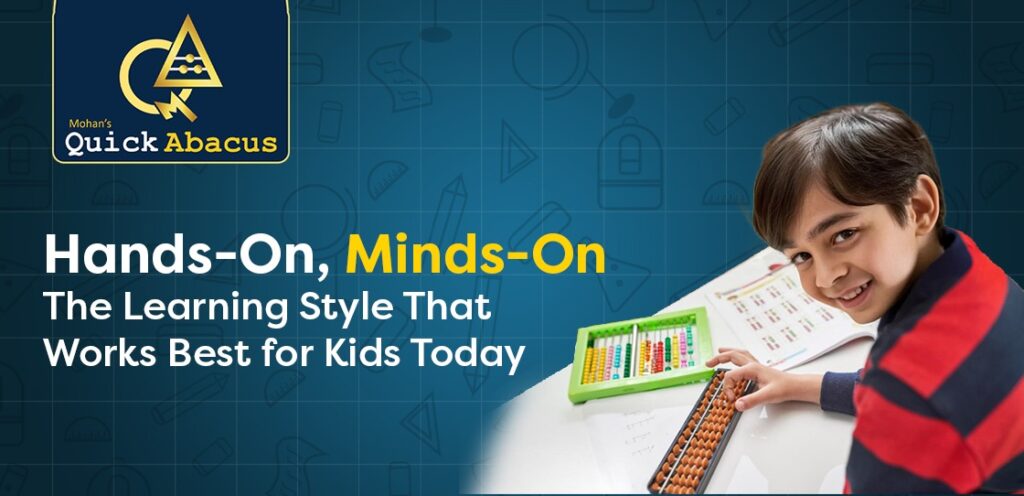In today’s competitive academic world, most parents seek methods that not only improve their child’s performance but also make learning enjoyable. At Quick Abacus, we believe that fun and learning don’t have to be opposites—in fact, when combined effectively, they create a powerful environment for deep, lasting understanding.
Welcome to the world of abacus learning, where children don’t just learn math—they play with it, visualize it, and master it.
🧠 Why Fun Matters in Learning
When learning feels like a chore, children disengage. But when education is infused with play, it sparks curiosity, boosts motivation, and leads to better retention. Neuroscience shows that children retain information better when they’re emotionally engaged—exactly what playful learning promotes.
That’s where abacus training shines. It combines movement, imagination, and logic to create a multi-sensory experience. Children don’t just memorize formulas—they experience math through tactile and visual cues.
🔢 How the Abacus Makes Learning Interactive
While it may look like a basic tool with beads, the abacus is actually a gateway to imaginative, hands-on learning. To a child, it’s an exciting game board that transforms numbers into movements.
Discover how the abacus transforms math practice into an engaging, playful experience:
- Tactile Interaction: Children move beads physically, which helps them understand math concepts through hands-on learning.
- Mental Visualization: With practice, they begin to visualize the abacus in their mind, turning calculation into a creative mental activity.
- Speed Challenges: At Quick Abacus, we use timed games and brain teasers that motivate kids to calculate faster and beat their own scores.
- Group Activities: Friendly competitions and team-based problem-solving make learning a social and exciting experience.
💡 Real Learning Through Play The abacus teaches:
- Addition and subtraction using visual logic.
- Multiplication and division as patterns and rhythms.
- Place value and decimals through bead positioning.
This not only builds mental math speed but also strengthens logical thinking, memory, and concentration.
🎯 Benefits That Go Beyond Math
While children think they’re just playing, abacus learning is doing much more:
- Enhancing both left and right brain function
- Boosting academic confidence
- Improving problem-solving and creative thinking
- Encouraging self-discipline and focus
➡️ Explore how the brain benefits from abacus here: The Science Behind Abacus: How It Trains the Left and Right Brain
👦 Who Benefits Most from Play-Based Learning?
If your child:
- Gets bored or anxious with traditional math
- Learns better with visuals or movement
- Enjoys puzzles, games, or challenges
Then abacus-based learning may be the perfect match.
At Quick Abacus, we tailor our programs to support visual, auditory, and kinesthetic learners—ensuring every child has the chance to thrive.
🎁 Ready to Turn Learning Into Play?
Math doesn’t have to mean worksheets and stress. It can be a game, a puzzle, a joy. With Quick Abacus, your child won’t just learn math—they’ll fall in love with it.
👉Register Now and let your child unlock the joy of learning through playful, brain-boosting abacus training.
✨ Discover more success stories and programs at www.quickabacus.in
Let’s build strong minds—one bead at a time.



